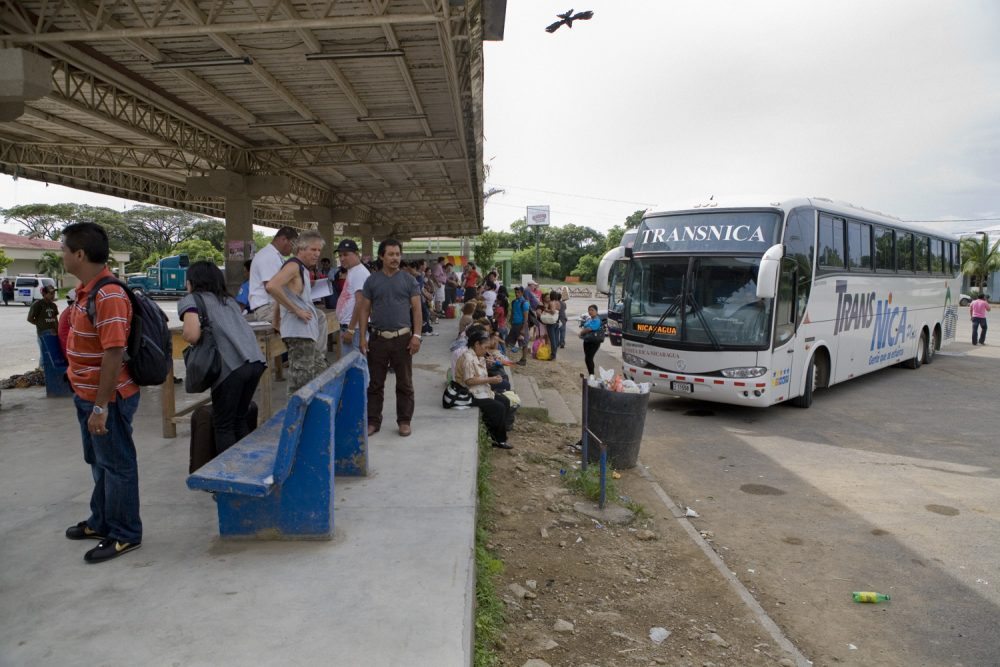Costa Rica Accelerates into Electric Transportation
Costa Rica may look green to the eye, but it’s also quite green in another realm.
Recently, it broke the world record for the longest consecutive time running on renewable energy — a whopping 300 days!
Still, there is much to do. Costa Rica is still struggling to cut emissions associated with its transport system.
“We’ve kept a very clean electrical grid running. Where Costa Rica is still underperforming – and it’s typical of most developing countries – is in transport. That’s where our Achilles heel is,” said Christiana Figueres, a Costa Rican and the former head of the U.N. climate secretariat.
Consider the numbers: According to the country’s National Meteorological Institute, 64 percent of Costa Rica’s climate-changing emissions come from energy use, and more than two thirds of those come from transportation. Marcela Guerrero, a Costa Rican national legislator, said the country’s outdated and inefficient public transport system has led people to instead rely heavily on cars and other personal vehicles.
“If Costa Rica does not prioritize an increase in the use of public transport, I think we’ll be very far from achieving our Paris Agreement commitments,” Guerrero said in an interview with the Thomson Reuters Foundation.
To reduce car and truck emissions, Guerrero in 2015 proposed providing financial incentives for adopting electric vehicles. And there lies big opportunity. According to data from the country’s National Registry, there are twice as may cars registered each year as babies born. Nearly 30 percent of Costa Ricans say they don’t use public transport because of its inefficiency. Ouch.
Modernizing public transport with better routes and more electric buses and trains could help lower Costa Rica’s dependency on individual vehicles and cut emissions, Guerrero said. But pushing for cleaner cars is also key, she said, since even with a better public transport system not everyone will opt to use it.More than 90 percent of people that own cars also have a garage where they could charge their electric vehicles without the need for large-scale public investment in charging stations, he said.
Because Costa Rica is a small nation, limitations on the range of electric vehicles is less of a problem.
For now, the biggest barrier to putting Costa Ricans in the seat of electric cars – or buses – is price, Guerrero said. But with electric vehicles becoming more popular around the world – and with financial incentives to buy one proposed at home – that barrier is likely to drop. “There are a perfect series of conditions for this change to happen,” she said.
Category: General Update, Green, News











